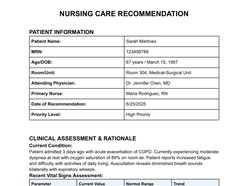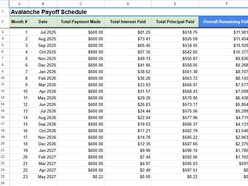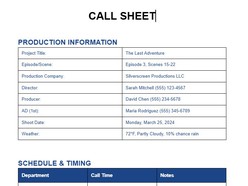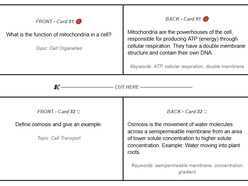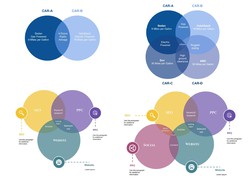When you look at an empty Google Docs document, you're naturally tempted to copy and paste. But is it safe, and can your teacher see when you’ve taken content from another source?
In short: Copying and pasting is almost always a bad idea, and it's highly likely that your teacher will find out.
Teachers use a variety of tools and techniques to detect plagiarism. Let’s dive into how they can tell if you’ve been copying and pasting.
How Teachers Detect Copy-Pasting
Google Docs History:
- Teachers can view the revision history, noting when large blocks of text were added at once. This is a major red flag.
- They can see if text was added all at once instead of being written over a period of time, showing a last-minute effort.
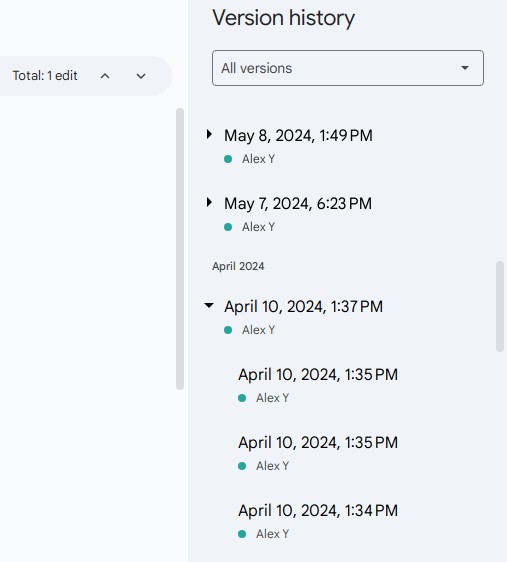
Plagiarism Detection Tools
- Software like Turnitin, Grammarly, and Google Originality Reports scans your text against extensive databases of websites, articles, and published works.
- These tools flag matching phrases or sentences, making it easy to spot plagiarism.
Familiarity with Your Writing Style
- Teachers know their students’ typical tone, vocabulary, and grammar. If your writing suddenly uses advanced language or is much better than usual, it raises suspicion.
- Big shifts in quality—like going from basic sentences to sophisticated paragraphs—can be a dead giveaway.
Awareness of Common Sources
- Many teachers are familiar with popular websites and books. If you copy from these, there’s a good chance they’ll recognize the content.
- They might also ask follow-up questions to test your understanding of the material you’ve submitted.
Formatting Inconsistencies
- Copied content often brings along mismatched fonts, spacing, or styles. For example, if part of your text is in a different font size or color, it signals something was pasted.
Other Red Flags
- Unusual Vocabulary: Sudden use of advanced or uncommon words that don’t match your usual style.
- Grammar and Spelling Changes: Sharp shifts in grammar quality or punctuation use are noticeable.
- Poor Integration: Pasted content often feels out of place, disrupting the flow of your paper.
- Clickable Links: Forgetting to remove hyperlinks like “click here” from pasted content is an obvious giveaway.
Alternatives to Plagiarism
Instead of copying and pasting, try these strategies:
- Start Early: Give yourself enough time to work gradually, rather than rushing at the last minute.
- Ask for Help: If you’re struggling, approach your teacher for clarification or an extension.
- Cite Sources Properly: Use quotes and citations to give credit where it’s due.
- Do the Work: Summarize or paraphrase in your own words to show you’ve understood the material.
Important Note
- Copying and pasting your own work from another document is okay, but it can still raise questions so be sure to talk to your teacher about the process.
- Teachers take plagiarism seriously, and it's often insulting to them when a student steals someone else’s words and tries to pass them off as their own.
The risks associated with plagiarism, from low grades to severe penalties, can be quite significant. It is important to understand that plagiarism undermines trust in the classroom and the broader academic community. By practicing honesty and intellectual awareness, students not only protect their future but also support a culture of authentic learning. Remember that true success does not come from finding shortcuts, but from the hard work and development that comes from creating original work.
